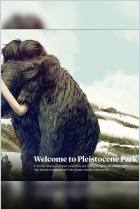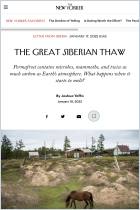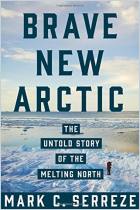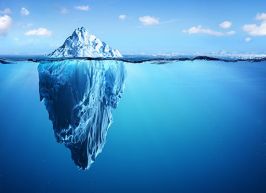加入 getAbstract 阅读摘要

加入 getAbstract 阅读摘要
Max Holmes, Jacquelyn Gill and Ross Andersen
Resurrecting the Woolly Mammoth and Other Climate Moonshots
Aspen Institute, 2017
看看什么内容?
How can woolly mammoths help combat climate change?
Recommendation
Why would humanity revive the long-extinct woolly mammoth? Atlantic senior editor Ross Andersen draws on the expertise of paleoecology professor Jacquelyn Gill and Arctic scientist Max Holmes in a panel about an unusual, extreme effort to fight climate change. getAbstract warmly recommends this innovative talk.
Summary
About the Speakers
Arctic scientist Max Holmes is deputy director of the Woods Hole Research Center. Jacquelyn Gill is a professor of paleoecology at the University of Maine. Ross Andersen is a senior editor at The Atlantic.























Comment on this summary